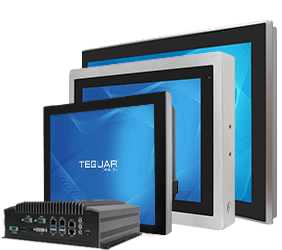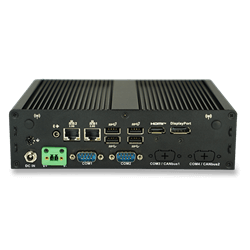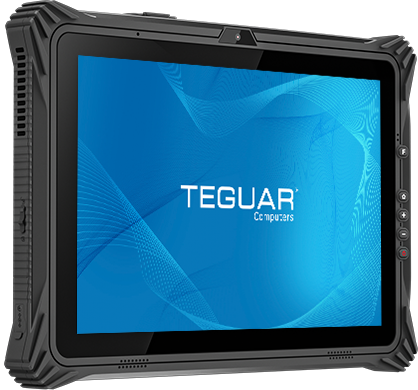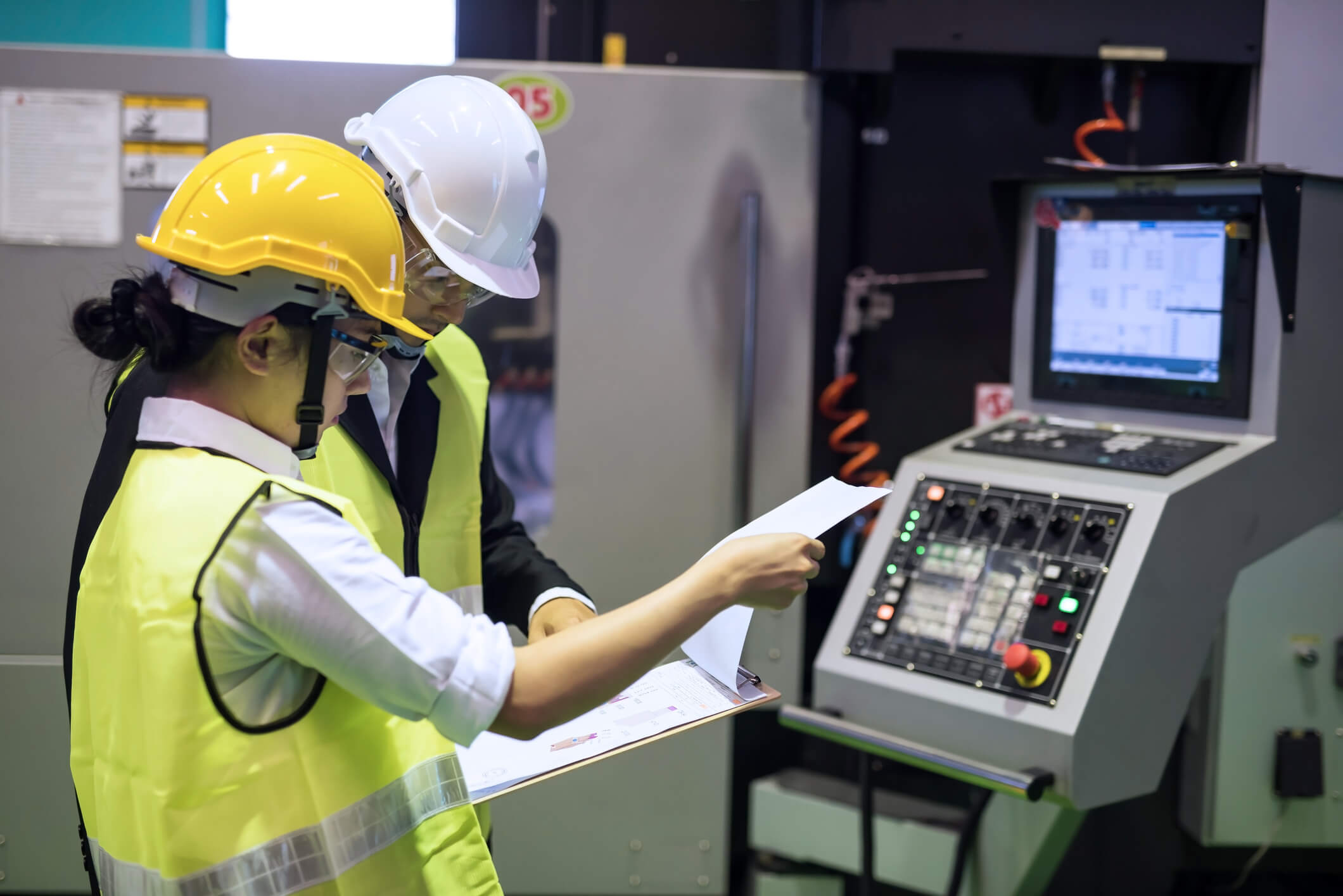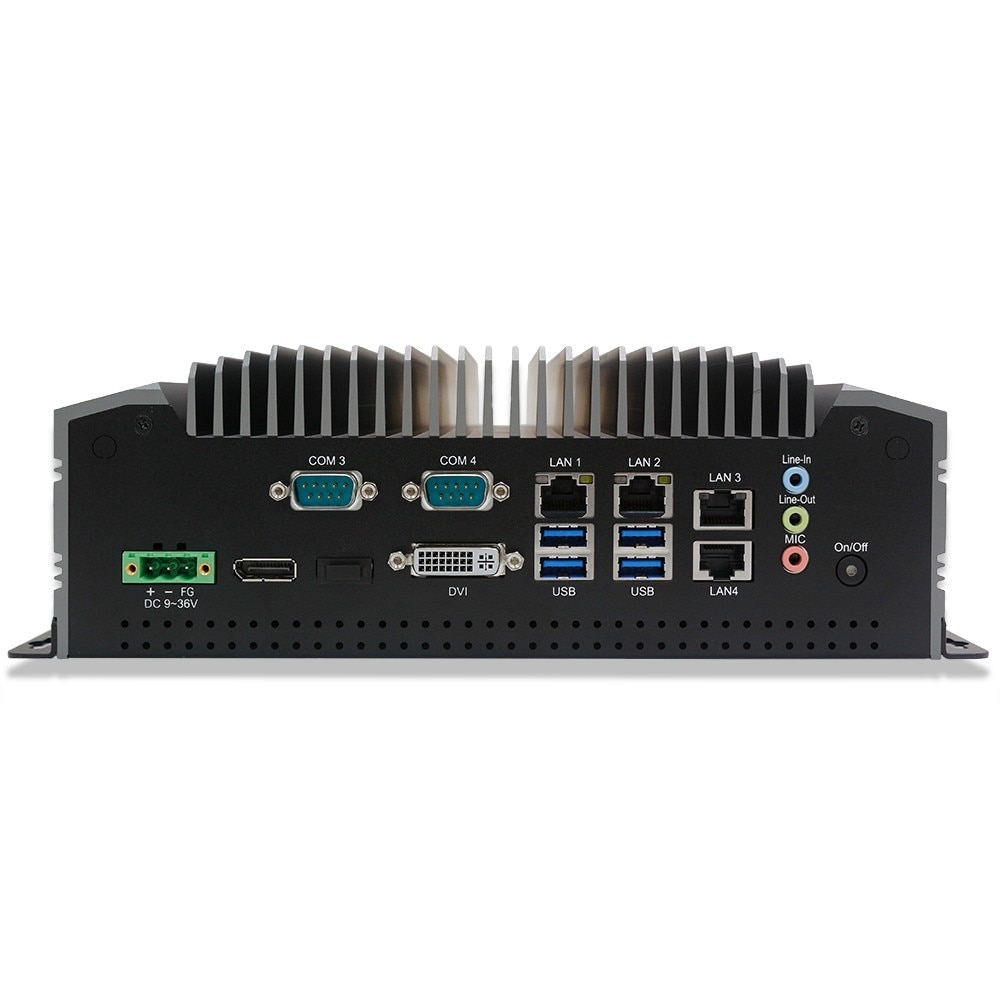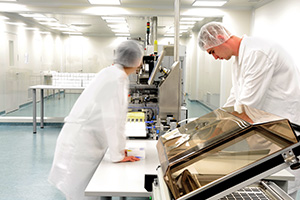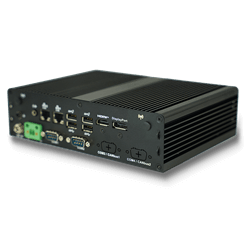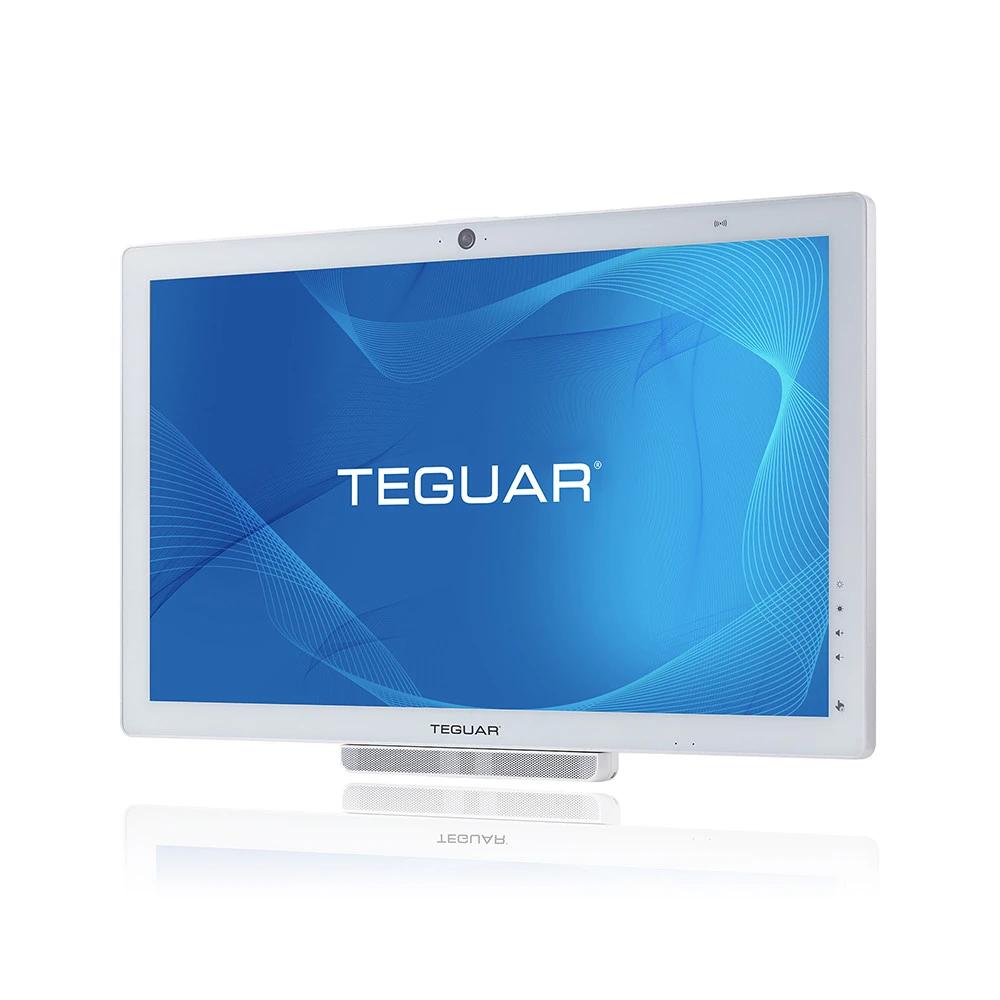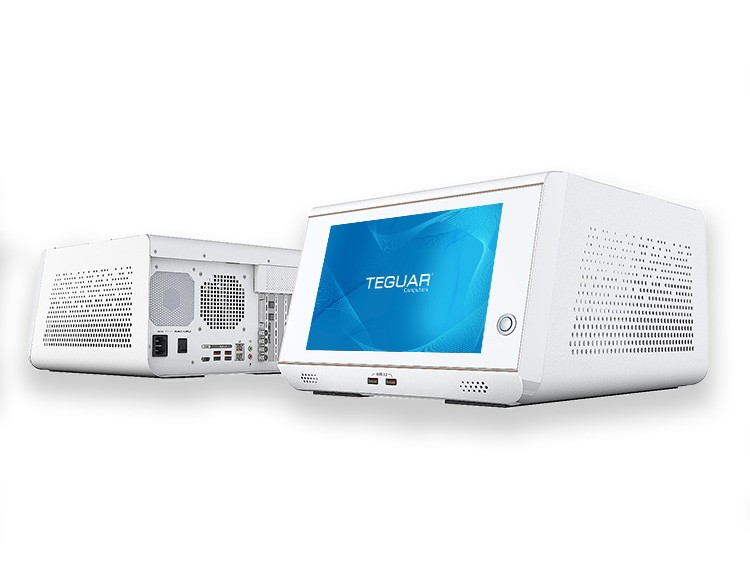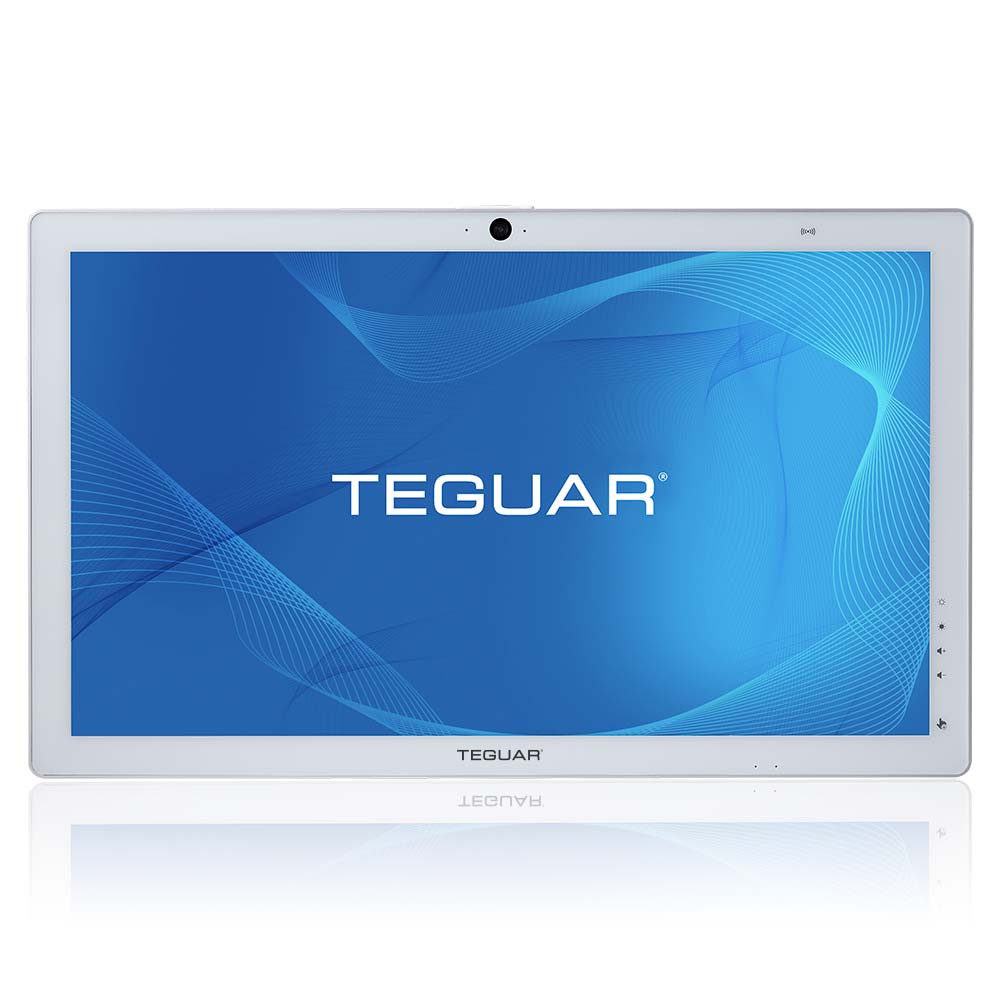What is Optical Bonding? Benefits & Applications for Panel PCs & Industrial Monitors
Imagine you’re trying to read a textbook through a thick fog. That’s a bit like what old school industrial monitors can feel like in tough environments. But thanks to something called optical bonding, panel pcs and industrial monitors are now as clear as a sunny day and tough as nails!
Let’s pull back the curtain on optical bonding. We’ll explore what it is, how it works, and why it’s a superhero for monitors facing challenging conditions. Think of it as a secret weapon that makes screens brighter, stronger, and longer lasting.
So, What Is Optical Bonding?
At its heart, optical bonding is like giving your monitor a super-strong, invisible hug. Instead of having a tiny air gap between the display screen and its protective cover, like a phone screen protector, optical bonding glues them together with a special liquid adhesive. It’s like turning two separate pieces into one solid block.
That seemingly innocent air gap? It’s actually a troublemaker. It loves to bounce light around, making your screen look dim. It’s also a magnet for dust and moisture, and a breeding ground for condensation. Plus, it makes the whole setup wobbly when things get shaky. Optical bonding kicks that air gap to the curb! It fills that space with a magic glue that acts like a bridge, making everything flow smoothly.
The Brains Behind the Bond: How It Works
Think about what happens when you look at a fish in a pond. The fish isn’t exactly where it seems, right? That’s because light bends when it goes from water to air. The same kind of bending, or reflection, happens when light hits that air gap in an old monitor. It’s like hitting a tiny mirror, stealing some of the light that should be reaching your eyes. This means your screen looks duller and less vibrant.
Optical bonding steps in like a smart engineer. It uses a super-clear adhesive that acts almost identical to glass. So, when light travels from the screen, through the adhesive, and to the cover glass, it barely notices a change. This means way more light gets through to you, making the display pop with brighter colors and sharper contrast. It’s like turning up the brightness dial on your TV, but for real life!
The Sticky Stuff: Different Types of Bonding Adhesives
Not all magic glues are created equal! Here are a few common types used in optical bonding:
- Liquid Optically Clear Resins (LOCA): Imagine pouring a clear, syrupy liquid onto the screen, then zapping it with UV light to make it hard. That’s LOCA! It’s fantastic for big screens and can ooze into all sorts of nooks and crannies, creating a perfect, uniform bond.
- Optically Clear Adhesives (OCA) Films: These are like giant, super-thin stickers. They come pre-made and are simply pressed between the display layers. They’re great for mass production because they’re easy to handle and cure quickly. However, they might not be the best choice for screens with unusual shapes.
- Silicone-based Adhesives: These are the flexible, shock-absorbing heroes. If your monitor is going to get a lot of bumps and shakes, or experience extreme temperature swings, silicone is your friend.
- Urethane-based Adhesives: These offer a solid all-around performance. They’re clear, stick well, and can handle a lot of wear and tear, making them popular in demanding industrial settings.
The best adhesive depends on what you’re trying to achieve: how big the screen is, where it’s going to live, what you need it to do, and how you plan to build it.
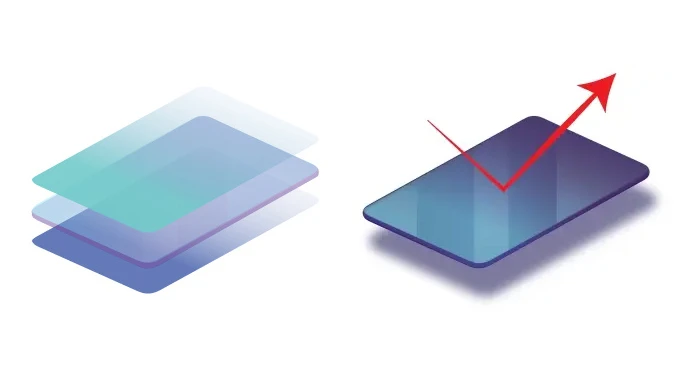
The Bonding Blueprint: How It’s Done
While every manufacturer has their own secret sauce, the general process for optical bonding is pretty similar to building a really delicate sandwich:
- First, prep time. Everything gets squeaky clean. We’re talking spotless! The display screen and the cover glass are meticulously cleaned in a super-clean room. No dust bunnies allowed – even the tiniest speck can ruin the bond.
- Now it’s time to lay down the glue. If they’re using liquid adhesive (LOCA), it’s carefully squirted onto the screen. If it’s a film (OCA), it’s carefully laid down on one of the pieces.
- The cover glass or touchscreen is then perfectly lined up and gently placed on top of the glue-covered display. This often happens in a special vacuum chamber to prevent any annoying air bubbles from getting trapped. It’s like putting a perfect screen protector on your phone, but way more precise!
- Harden Up! Next, the adhesive gets “cured.” This means it’s zapped with UV light, heated up, or both, depending on the type of glue. This makes the liquid turn into a rock-solid, permanent bond.
- Finally, time for quality check. The newly bonded display goes through a rigorous inspection. They’re looking for a perfect, uniform bond, no flaws, and top-notch visual performance.
Why Optical Bonding is a Game-Changer for Industrial Monitors
Optical bonding isn’t just a fancy trick; it’s a superpower for monitors that live in tough, demanding places, especially industrial manufacturing. Think of it as the difference between a flimsy toy and a rugged piece of equipment. Here are some reasons why optical bonding is preferred.
1. Crystal Clear View
Remember that light bouncing problem? Optical bonding virtually eliminates it. This means your screen looks brighter, colors are more vibrant, and everything is easier to read, even under glaring factory lights or direct sunlight. It’s like going from a blurry old TV to a high-definition cinema screen. For operators who need to quickly glance at numbers or images, this is a game changer.
That annoying glare that makes you squint? Gone! Optical bonding cuts down on reflections from overhead lights or windows, making it easier on your eyes and reducing fatigue. Imagine trying to work with a flashlight constantly shining in your face? Optical bonding removes that distraction.
2. Built Like a Tank
Think about how a thin pane of glass shatters easily, but a solid block of glass is much harder to break. Optical bonding turns separate layers into one solid unit. If something hits the screen, the force is spread out, making it way more resistant to bumps, drops, and vibrations. It’s like having a shield for your screen.
Remember how your car windows fog up when it’s cold outside and warm inside? That happens in old monitors too, right in that air gap. But optical bonding seals the deal, stopping condensation from forming between the layers. This means your screen stays clear, even in humid places or when temperatures jump around. It also protects the inner workings from water damage.
Air-gapped screens are like little vacuum cleaners, sucking in dust, dirt, and other airborne gunk. This makes your screen hazy and can even mess with the internal parts. Optical bonding creates a sealed barrier, keeping out all those nasty particles. Your screen stays clean and clear, always.
An added benefit is that the adhesive layer can actually help your monitor stay cool. It acts like a little heat sink, drawing heat away from the display panel. This can make your monitor last longer and perform better, especially in hot industrial settings.
3. Touchscreen Superpowers
If your industrial monitor has a touchscreen, optical bonding makes it incredibly precise. It eliminates parallax errors, those tiny misalignments that happen because of the air gap. Now, your touch inputs are spot-on, crucial for controlling complex machinery. It’s the difference between fumbling with your phone and perfectly hitting every key on a professional keyboard.
By preventing moisture or debris from sneaking into the gap, optical bonding stops those frustrating false touches or times when the screen just goes haywire. You get reliable, consistent touch performance every time.
4. Long Life with Less Hassle
All these benefits, the toughness, the protection from the elements, the better heat management, add up to one big thing: your optically bonded monitor will live a much longer, healthier life.
Sure, an optically bonded monitor might cost a little more upfront. But think of it like buying a really good pair of boots instead of cheap ones. You’ll spend less on repairs, replacements, and maintenance down the road. It’s a smart investment that saves you money over time.
Let’s Look at a Real-World Example
Let’s imagine a Human-Machine Interface control panel pc on a bustling factory floor. This screen is the nerve center, controlling robotic arms that are assembling products. What kind of beating does it take?
Big windows or bright overhead lights can turn a traditional screen into a reflective mirror, making it impossible to read vital production data. An optically bonded screen, however, shines through like a lighthouse, cutting through the glare and showing everything clearly.
Factory floors are often dusty. A regular monitor would quickly fill with gunk in its air gap, making the display foggy and eventually causing problems. The optically bonded screen, sealed tight, laughs in the face of dust, staying pristine.
As machines whir, temperatures can go up and down. This can cause condensation inside a normal monitor, turning the screen into a blurry mess and potentially short-circuiting things. Optical bonding eliminates that air gap, so no condensation, no blurry screen, no electrical issues.
Oops! Someone drops a wrench, or an operator bumps into the monitor. A traditional screen might crack like an egg. But an optically bonded screen? It’s much tougher, spreading the impact force so it’s far less likely to shatter. Less damage means less downtime for the factory.
Those robotic arms create a lot of vibration. A wobbly screen could lead to loose parts or fuzzy images. The solid build of an optically bonded display shrugs off these vibrations, keeping everything stable and clear.
An optically bonded monitor is like the unsung hero of the factory. It ensures that critical information is always visible and reliable, no matter what the environment throws at it. This means less downtime, happier operators, and ultimately, more products made safely and efficiently.
Final Thought on Optical Bonding
Optical bonding isn’t just a technical trick, it’s a revolutionary way to make industrial monitors and panel computers better, stronger, and more resilient. By getting rid of that pesky air gap, it tackles the biggest weaknesses of older display designs. It gives you incredible clarity, incredible toughness, and unwavering reliability, even in the harshest places.


